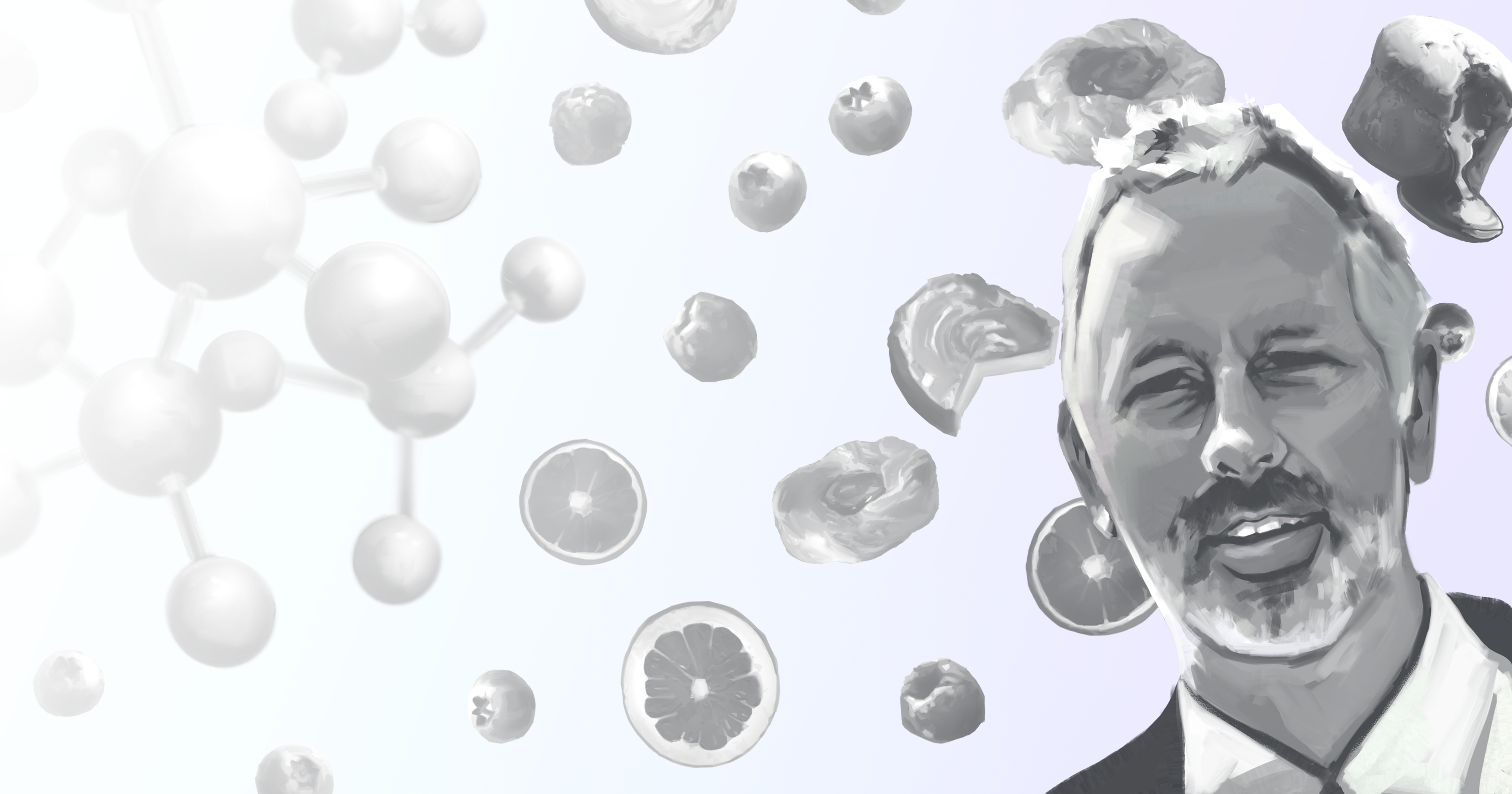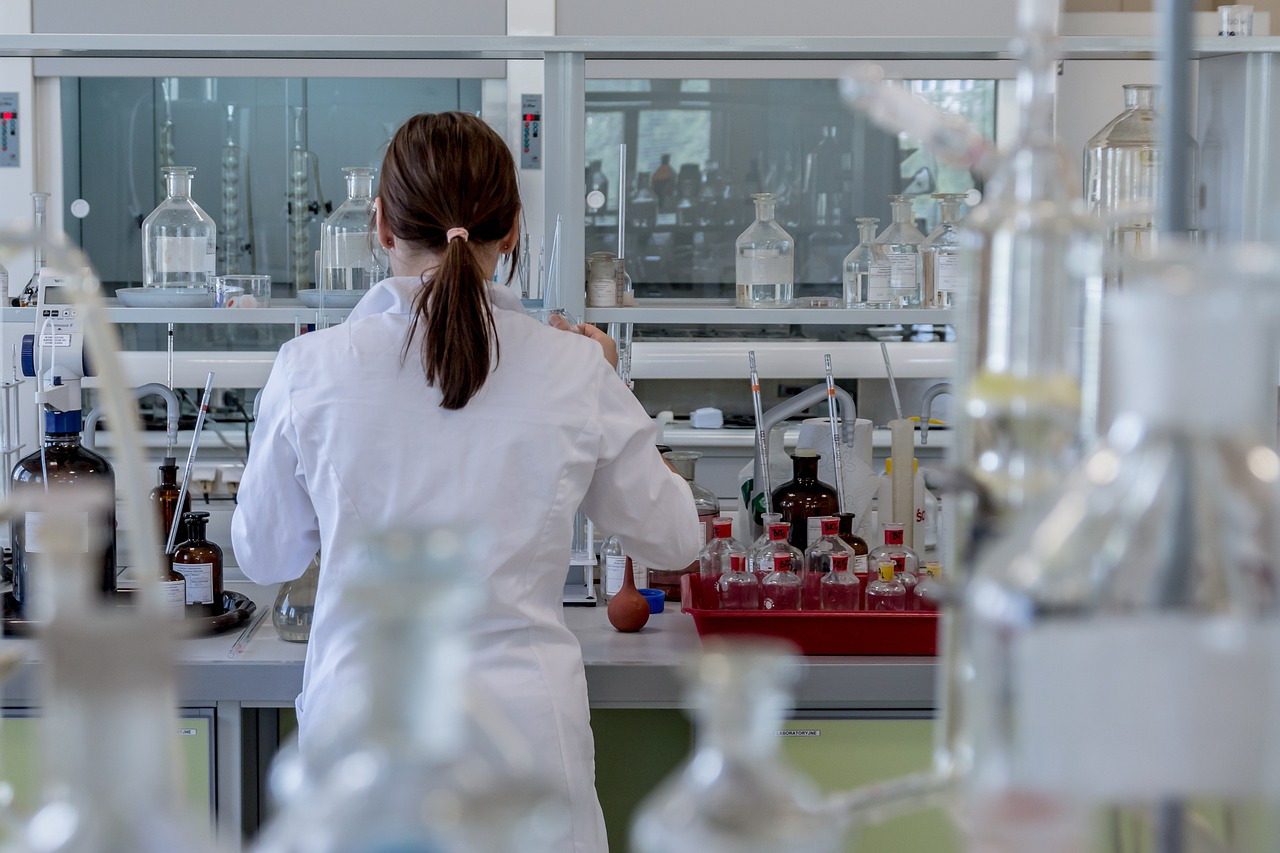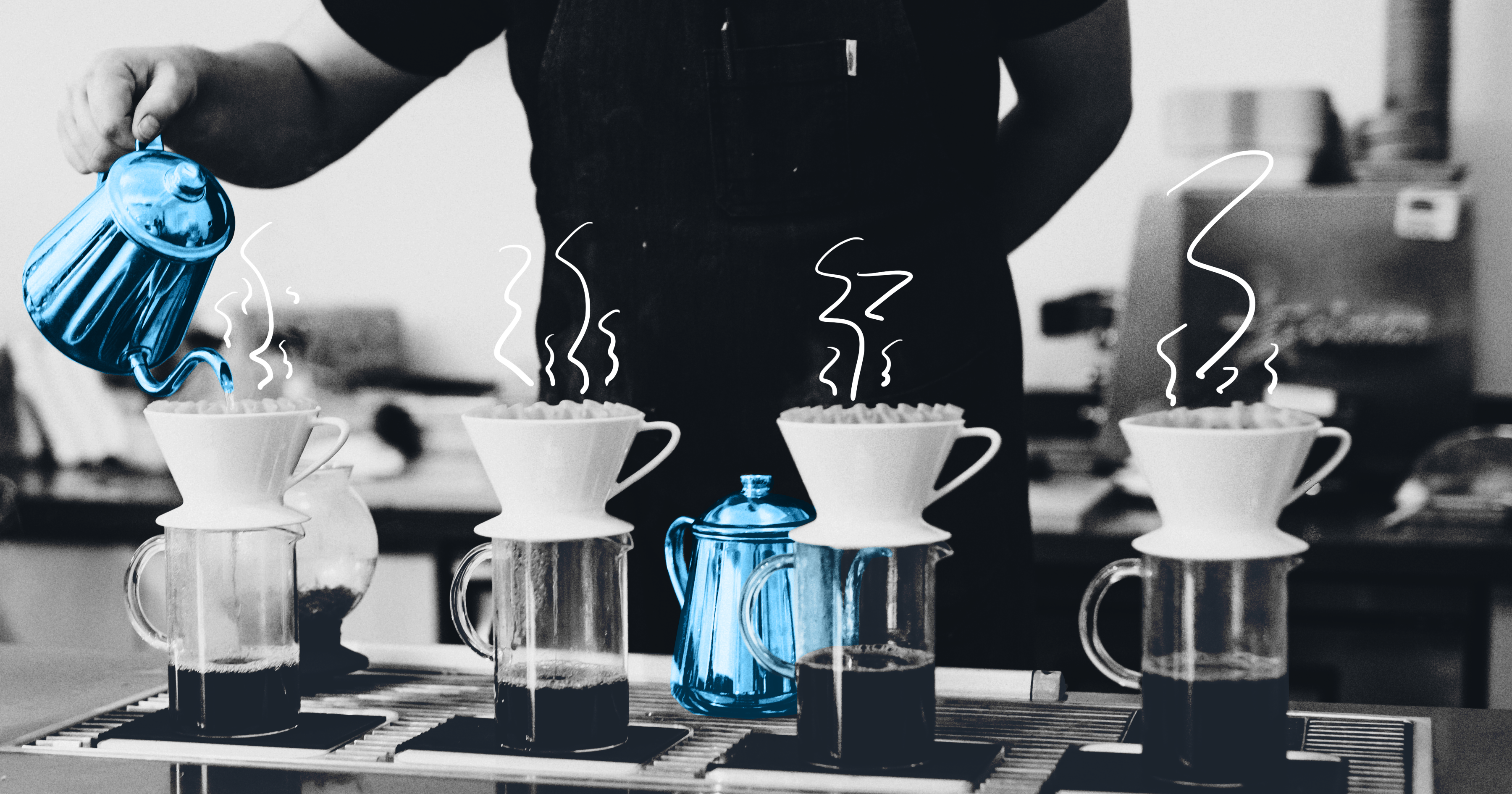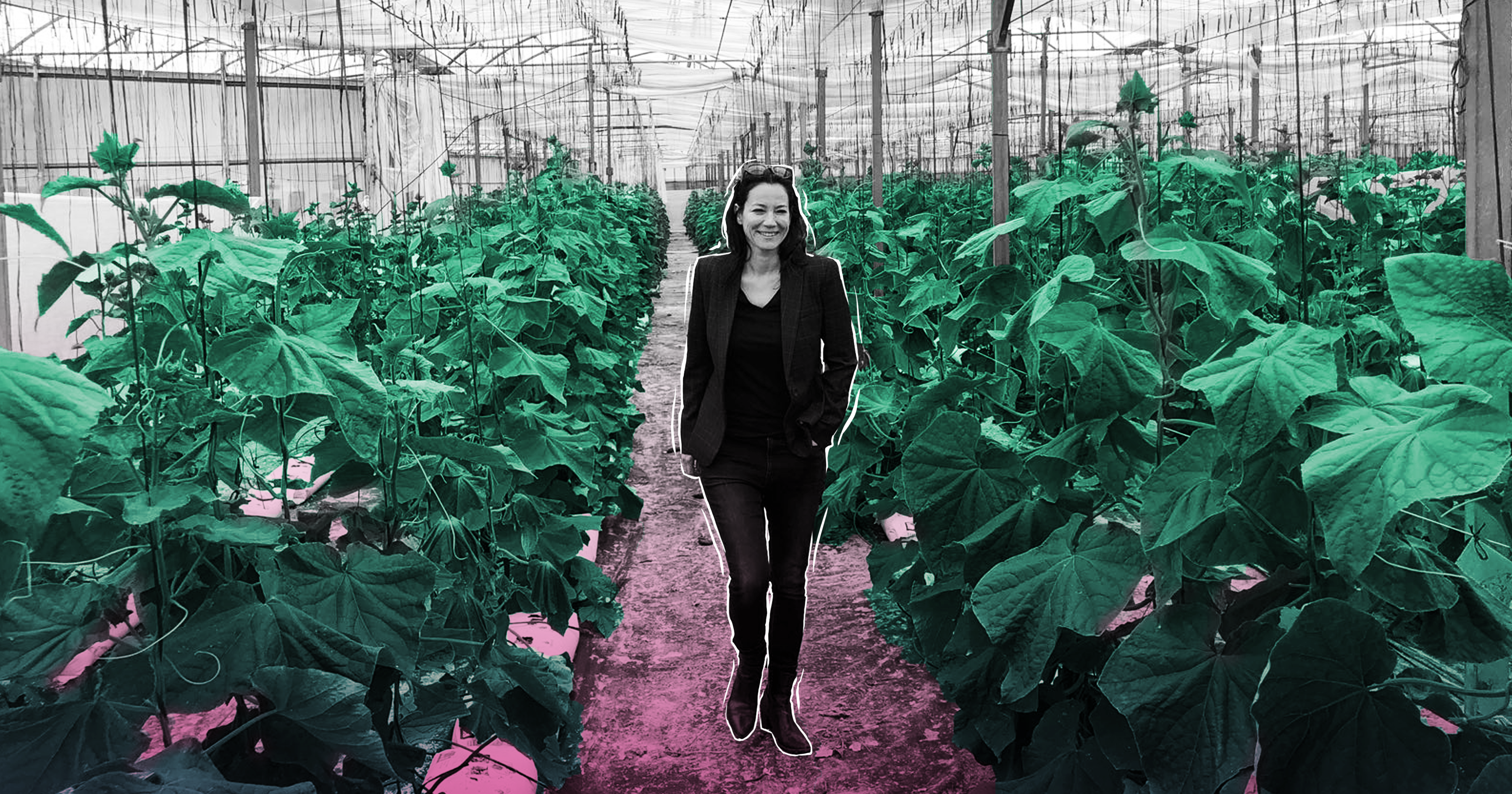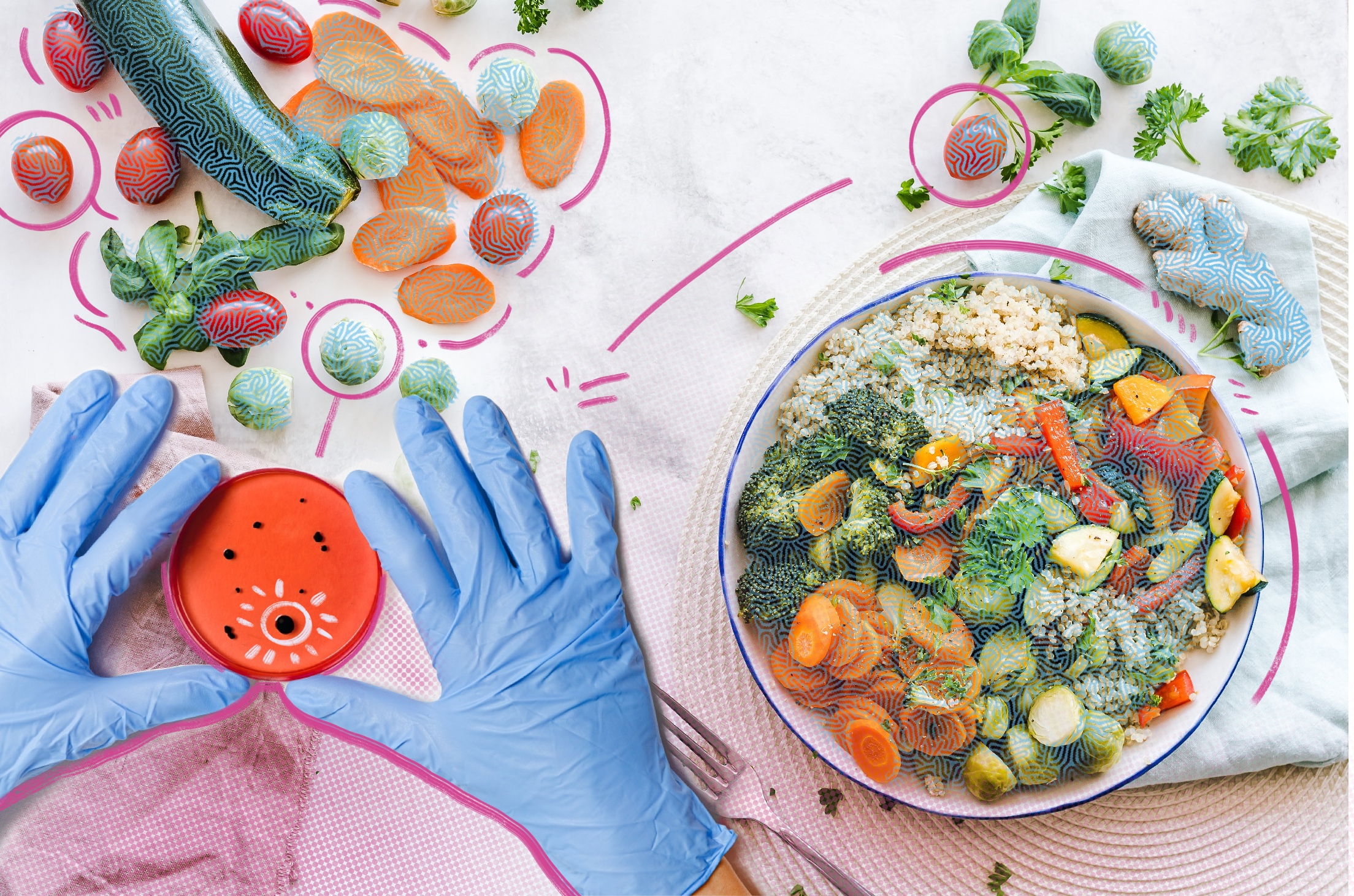Decades before the word “startup” was first used to refer to budding companies, Henri Groot and his son began selling products for the production of pastry and ice cream out of a garage in Brussels. Over a century later, Puratos has grown into a global giant specializing in materials and products for chocolate, patisserie and bakery goods. We caught up with Filip Arnaut, R&D Director at Puratos’ GRS Lab, days before his roundtable presentation at the Future Food-Tech Conference to discuss how the company’s sprawling innovation infrastructure reaches down to the local level to create the perfect product for palettes around the world.
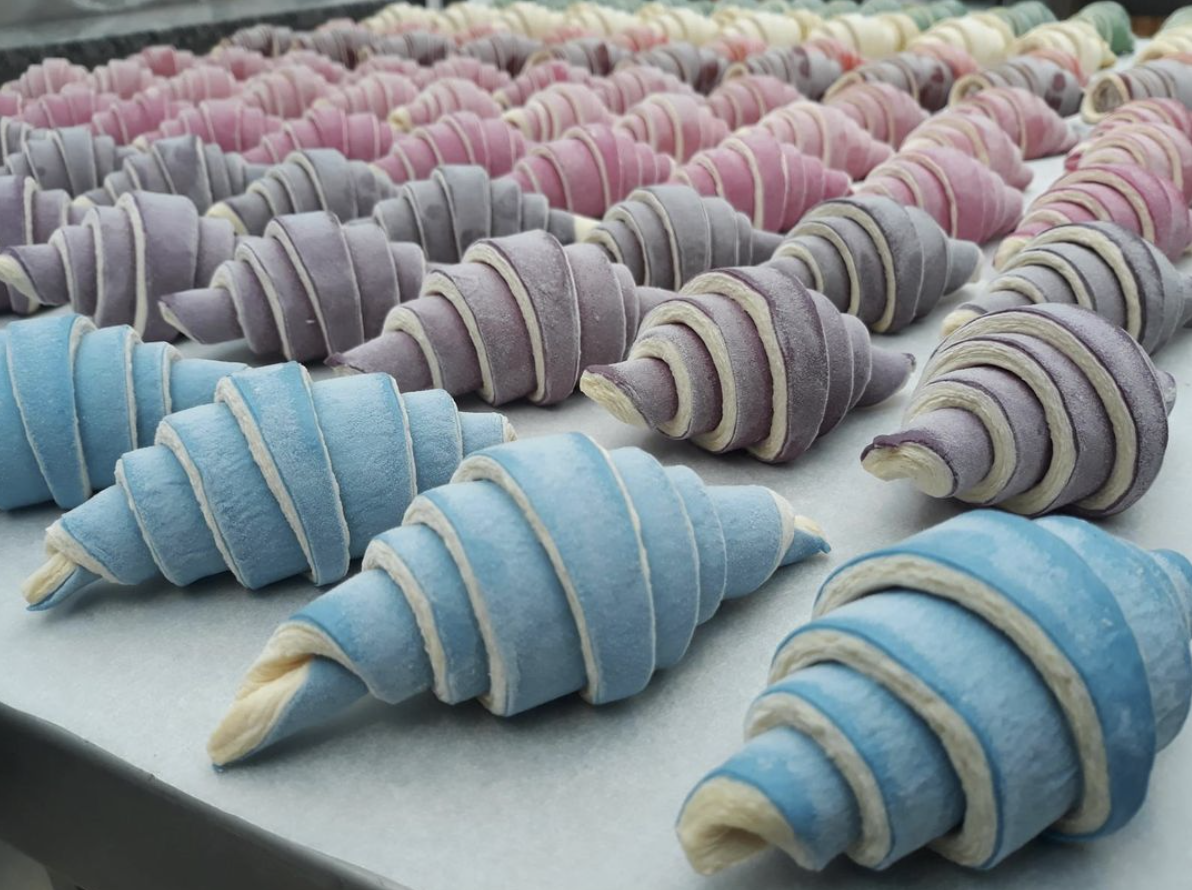
Tell me more about your role and how that fits into the larger work of Puratos
Puratos is a B2B company with a global footprint. We are active in solutions for bakery, patisserie and chocolate. Those are mostly ingredient-based solutions, but also services that we offer to our clients. We are still a family-owned company. We are like a 100-year-old startup; Puratos started in a garage in Brussels.
I am charged with what we call upstream research. Years ago, it used to be a very internal mission, but now it’s more like connecting the dots between innovators and our external partners. Also in this context are startups that we try to connect with and find opportunities. There is also an internal part. We have a team of researchers and technical advisors of around a thousand people in 93 countries.
Puratos has significant R&D staff with innovation centers around the world. Can you discuss how the global R&D staff fits into your overall innovation strategy?
That’s my responsibility. The upstream research is very early-stage, where we explore new technologies and work with startups and external partners over a long period of time. This is connected to the research teams that are innovating along the different product lines we have; for instance, bakery products, chocolate, patisserie, patisserie mixes, fruit fillings. Each line of business has their own research team and they focus on that specific category. Then we have R&D in the countries that are very close to our customers. They understand the local needs and they can connect to local, raw materials. They also look out for opportunities to partner with innovators in that specific country.
Then we have R&D in the countries that are very close to our customers. They understand the local needs and they can connect to local, raw materials. They also look out for opportunities to partner with innovators in that specific country.
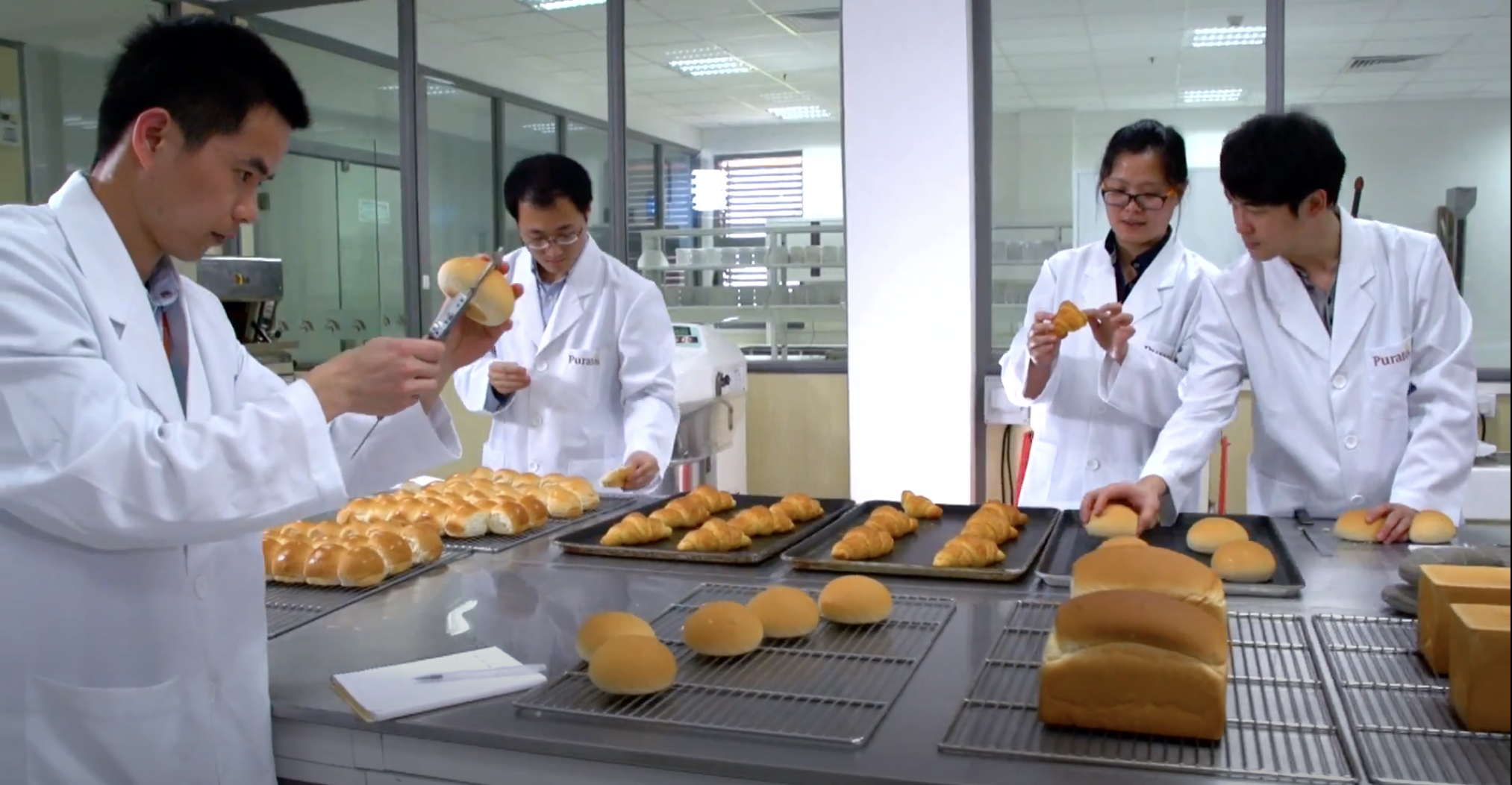
What is the GRS Lab, and how does that fit into the R&D infrastructure at Puratos?
We are structured around food components and technologies. Innovating in food processing is important. It’s a huge opportunity to bring more sustainable processes that can also allow us to reduce the number of additives. To give an example, we worked with a Spanish startup, YPSICON, on high pressure homogenization. That allows us to process, pasteurize and homogenize in one run.
We work with universities to understand the basics of our products. Based on that, we find mechanisms that translate into solutions for our business. For instance, we work with the University of Bergen on understanding the composition of cakes. We have worked with them and coordinated flour replacements for cakes, phosphate-free cakes.
One of the major focuses recently is health and well-being. It’s a focus on finding more fiber-based and protein-based solutions to reduce sugar without using too many sugar alcohols. Another recent focus is gut health. We want to find interesting partners who share our belief that the gut health microbiome is a major contributor to our health in general.
How does the lab differ from an innovation center?
Innovation is the target, and the lab has technical resources. We do quite advanced research, but we are not academics. We don’t do science for the sake of doing science; we want to learn something, so there is always a clear objective. We invest time and spending in the mechanistic approach, and that is built on [clear objectives]. That’s also true in areas like technical performance and health and well-being. Experimentation is also a major focus.
We don’t do science for the sake of doing science; we want to learn something, so there is always a clear objective.
How are companies innovating in the chocolate/patisserie sector? What are some areas or technologies receiving a lot of attention?
For chocolate, we focus a lot on pastes (Editor’s Note: “pastes” refers to the chocolate mass before it is conched and tempered). But we also innovate by combining different lines of our business. For example, sourdough is one important line that we have, and we combined it with chocolate. We now have a sourdough that contains chocolate, and this gives unique properties on taste and creates an indulgence you cannot reach by just working on chocolate alone. That’s the way we work; we combine different different types of ingredients coming from different sectors to create unique ingredients or technologies.
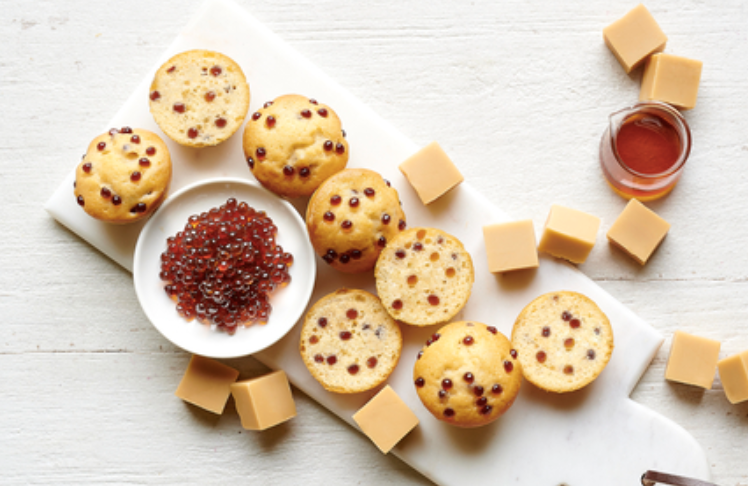
On the R&D front, what are some specific technologies or products generating excitement for you at Puratos? Any from the GRS Lab specifically?
We recently developed technology to make bubbles from fruit filling and fillings in general. Smoobees are soft beads that come in different flavors and offer a creamy texture while ensuring rich taste in every bite. It’s a technology that we invented and developed in-house, and we are all-in on that now. It gives a filling in a bubble that is climate-specific. There are already bursting bubbles for cocktails and so on, but those cannot be used in patisserie or a big product.
We have also developed fruit treatment by using the continuous process versus the batch process normally used when foods are cooked to a jam. This means the fruit is much more intact, retains the color and retains the taste. We can reduce the preservatives needed in conservation because we have a better treatment on the microbial level, and it’s much closer to fresh foods than cooked food. We also developed gluten-free products with a startup from Israel, specifically in cake and brownies.
Those are some of the different things that we are looking at, but a major one is everything plant-based. We try to change the ingredients, where it is fitting, from animal to plant-based. We do life-cycle analyses, and we really have to see a difference between the plant-based and the animal-based before we do the switch. One thing I can mention there is the egg wash that we have replaced with a plant-based version. We’ve seen that the environmental impact is three times less than the original product. Next to health and wellbeing, plant-based solutions are what we are looking forward to connecting on [externally].
We try to change the ingredients, where it is fitting, from animal to plant-based. We do life-cycle analyses, and we really have to see a difference between the plant-based and the animal-based before we do the switch.
What is your approach to external innovation? What do you look for when scouting for external technologies/partners to augment your own in-house abilities and knowledge?
We focus on all our priorities, like fermentation, plant-based and gut health, but also digital solutions that can help us to serve our customers better. We have developed a platform for online ordering that we’ve done with a startup called Bakeronline. Our offer to the startups, and something we try to make clear from the start, is we are a global company, so we can help scale globally very fast. We give access to our R&D sources and also pilot equipment. Startups have great solutions or ingredients, but then to match that with a line of products that goes to the consumer is still an extra step. And then, to combine this new ingredient with existing demands or expectations from the consumer, there we can really help the startup and work together.
Another unique added value we always offer our partners is access to the world’s largest ecosystem for consumer understanding in bakery, patisserie and chocolate. “Taste Tomorrow” is a proprietary survey that continuously monitors trends by combining the latest digital technologies and semantic artificial intelligence. We also question more than 17,000 consumers in 40 countries, talk with 80 foodies in trend-setting cities and interview both customers and industry experts. This data is complemented with a global trend-spotting network, exhaustive sensorial research and unique partnerships with researchers, flavor houses and universities. We can share these insights with the startup to help them better understand what consumers are expecting globally and what trends they should look out for.
Startups have great solutions or ingredients, but then to match that with a line of products that goes to the consumer is still an extra step. And then, to combine this new ingredient with existing demands or expectations from the consumer, there we can really help the startup and work together.
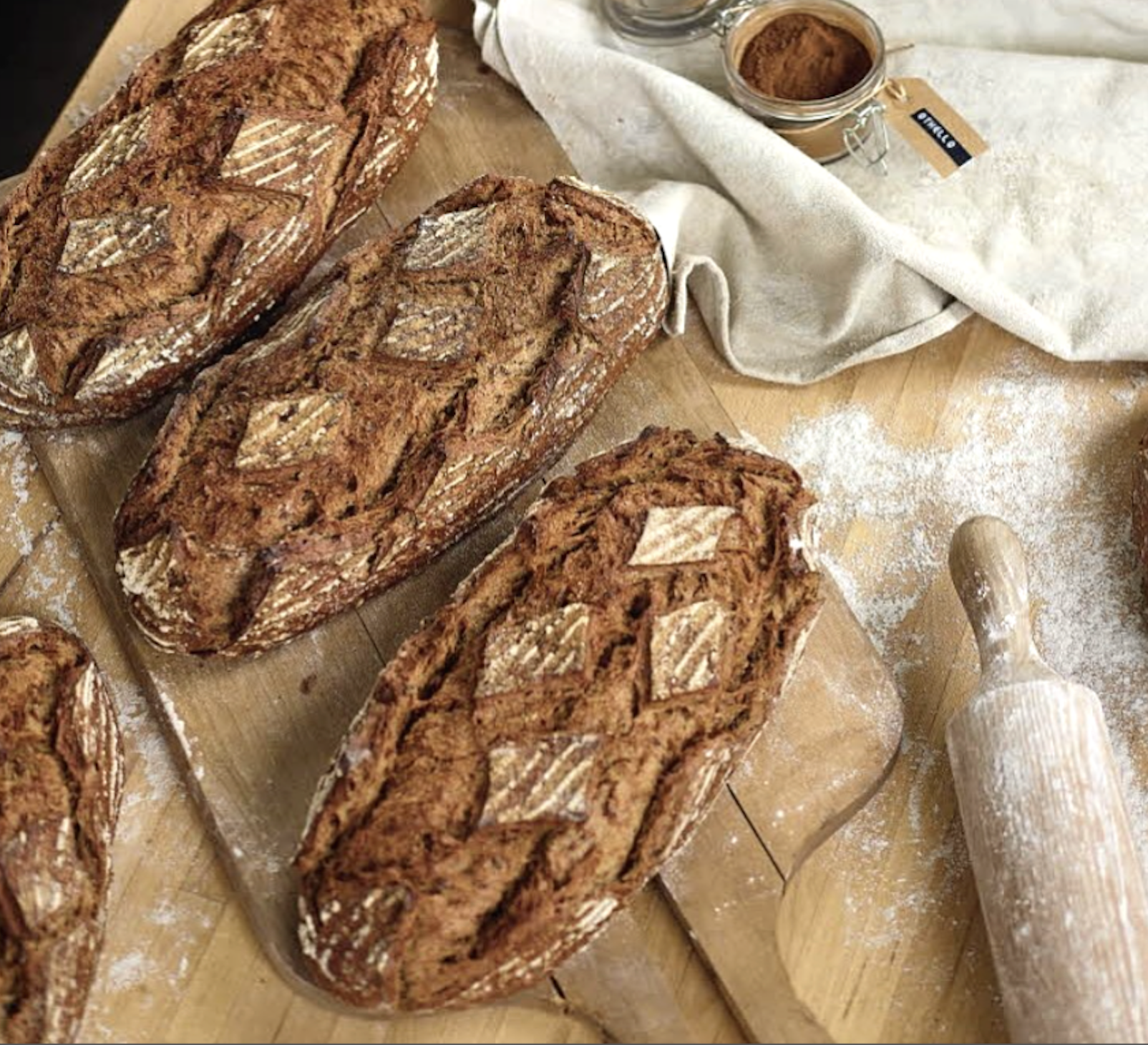
Do you have examples of how Puratos is collaborating with academic scientists or startups?
We have worked for a long time with some universities in the civil area. KU Leuven is really close and is a top university in that field. We are active in EIT Food; it’s a consortium of 160 universities and companies in the food area and a European initiative. This consortium facilitates connecting and working on specific topics; there are also grants that stimulate that activity.
There is also a startup community called RisingFoodStars. We worked with a number of them. I mentioned YSIPCON and also NapiFeryn, which is using a side stream (Editor’s Note: “side streams” are by-products from plant food processing) of rapeseed production. They use the press cake, isolate the proteins out of that and recycle it. We are working with EverGrain, a startup from AB inBev, and adapted their product for use in baked goods.
What has you most excited for the future of innovation in the food sector?
Personally, it’s the dynamic and huge innovation capacity that has been building through the startups. I will invest a lot of time in the coming years, and we will take extra initiative to connect with these startups, to be able to scout them, find them and explore potential innovation opportunities together. If you have seen what they have grown in the last few years, as far as new innovations on the market, I think it’s only the start. It’s an endless line of creativity and dynamism. I think that’s the major thing happening on the food scene for the moment.


